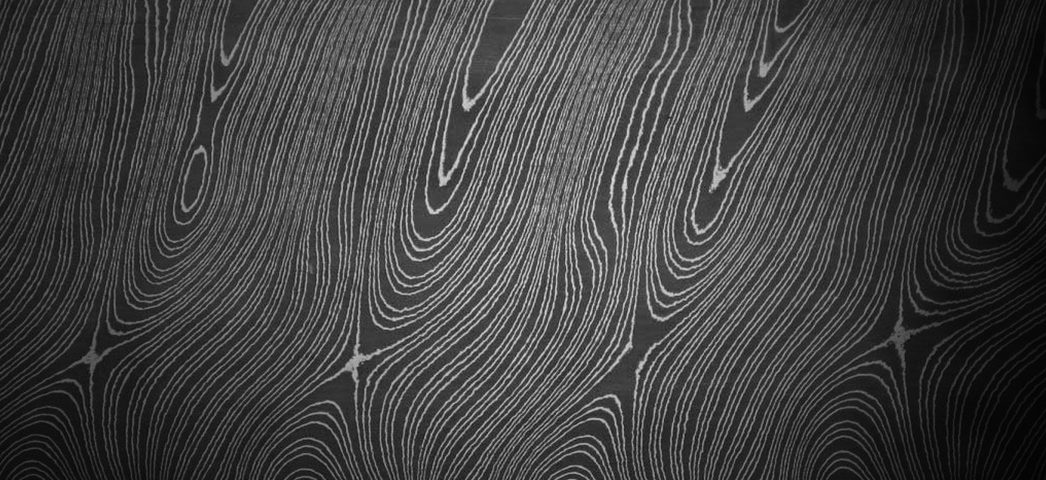Brief History of Damascus Steel:

If you hang around the knife community long enough you will hear grand talks and debates when it comes to Damascus steel.. To the casual knife collector or knife beginner, the amount of history and info out there on Damascus steel might seem overwhelming. In this post we will look to give a brief overview of where Damascus steel originally came from, how it’s made, and how it is currently being used in edged weapon manufacturing.

The history of Damascus steel can be traced all the way back to 500 A.D. where in India it was called Telangana, Wootz or Ukku steel. It then found its way to Damascus, Syria, which was the center of trade in that region for war equipment such as knives, swords and armor. The name “Damascus” wasn’t adopted until the time of the Crusaders. The Crusaders witnessed Damascus swords slicing through their own lesser quality swords, cutting the sword clean in half in a single swipe without ever losing its edge. The next swipe would do the same to the body of that less fortunate Crusader.
What is Damascus Steel?
Damascus Steel by definition was a type of steel used for manufacturing sword blades in the Near East made with wootz steel. These swords are characterized by distinctive patterns of banding and mottling reminiscent of flowing water. Such blades were reputed to be tough, resistant to shattering, and capable of being honed to a sharp, resilient edge
How is Damascus Steel Made?
Historians believe that the original method for creating Damascus was the crucible method. The crucible method of production for original ancient Damascus steel gradually declined, ceasing by around 1750, and the process was lost to metal smiths. Several modern theories have ventured to explain this decline, including the breakdown of trade routes to supply the needed metals, the lack of trace impurities in the metals, the possible loss of knowledge on the crafting techniques through secrecy and lack of transmission, suppression of the industry in India by the British Raj or a combination of all the above..”Modern Damascus” is made from several types of steel and iron slices welded together to form a billet..
Here is a nice video that goes into the detailed steps is takes to make a basic / beginners modern Damascus blank:
Current uses of Damascus in Weapons:



In the ancient times Damascus was sought after first for its strength and secondly for its beauty. In our current market that dynamic seems to have reversed. Most consumers seek Damascus for it’s aesthetics and rarity. And as you can see by the images, many new methods and materials have allowed for the final Damascus product to not only be a weapon, but also a work of art.
Here are a few more videos that high light some masters of the Damascus craft:
Sources:
https://en.wikipedia.org/wiki/Damascus_steel
http://www.claysmithguns.com/knives_history.htm

